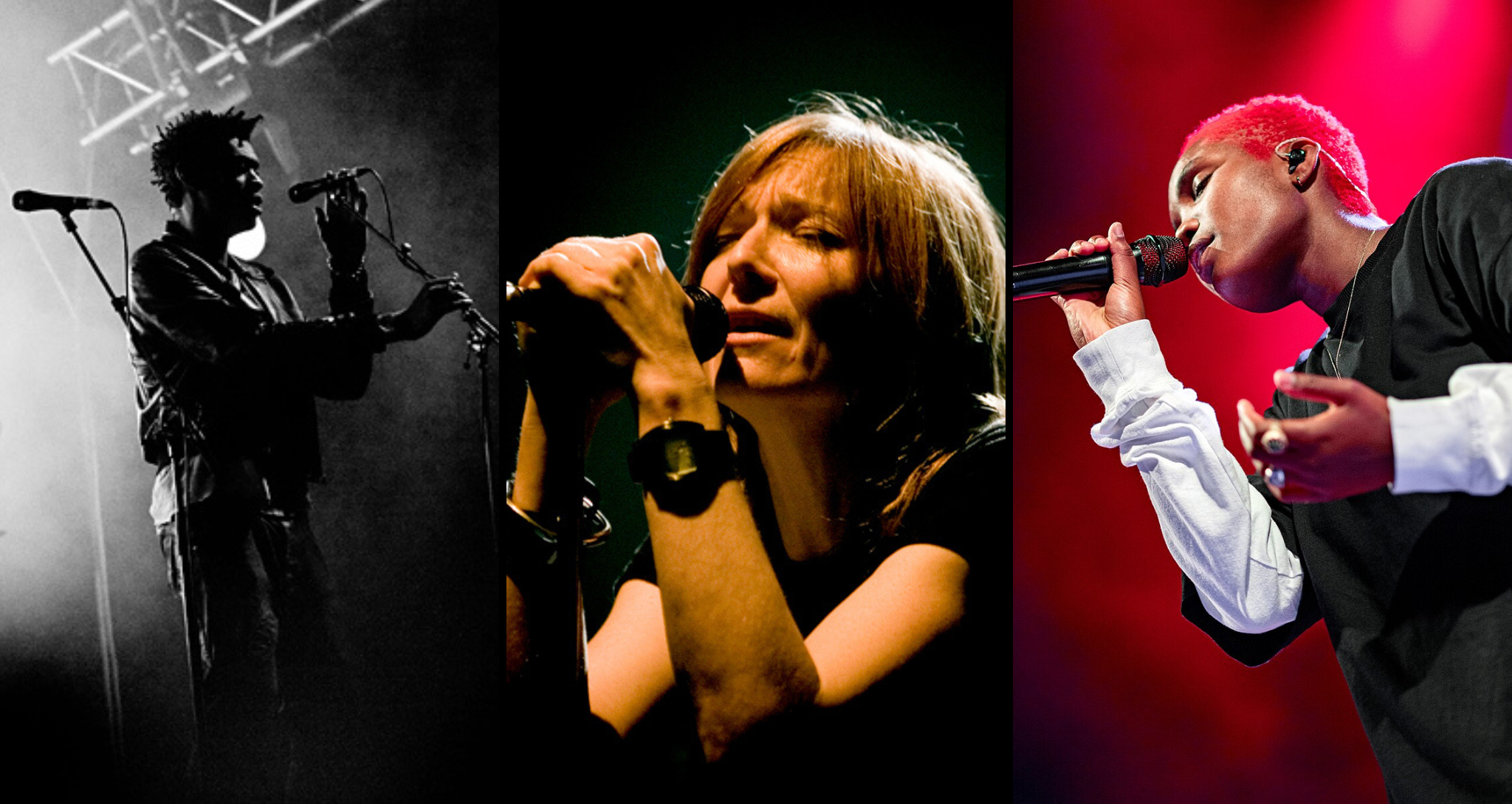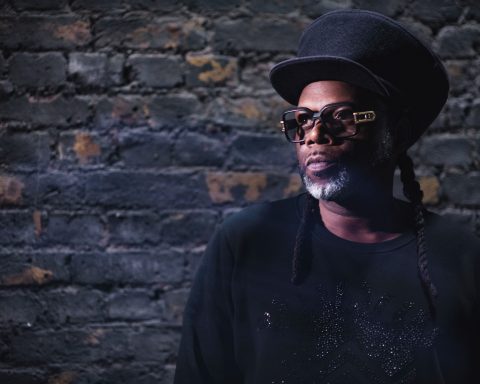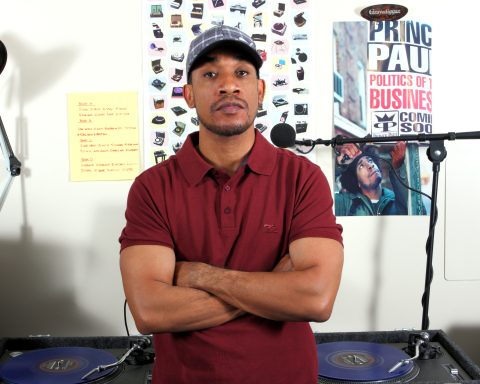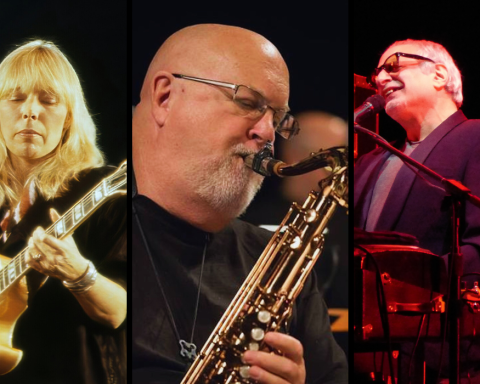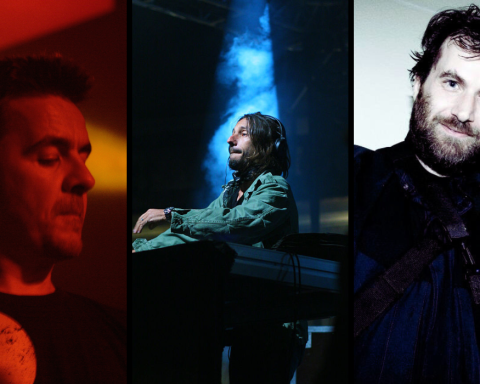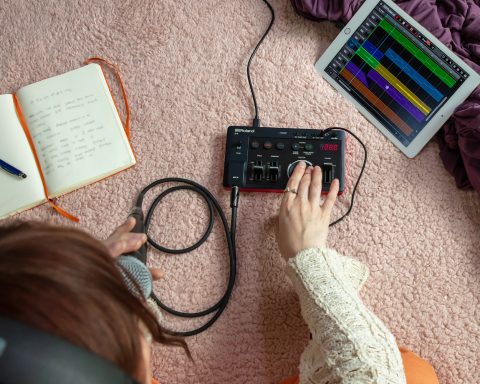Despite its contentious monicker, the music known as trip-hop from nearly 30 years ago is experiencing a reappraisal. This renaissance centers on a new generation of artists mining the laid-back, blues-infused beats of trip-hop. It was an era when analog synthesizers like the Roland JUNO-60 and SH-101 blended with sci-fi sounds and drum machines such as the TR-808 and samplers like the SP-808. Here, we’ll look at some pivotal records from trip-hop’s ’90s heyday. We’ll also quickly dip into today’s digital age with artists exploring the same vintage analog feels of the pioneers.
A Debated Genre Name
If any music moniker has served as a death knell to the scene, it was trip-hop, a term coined by Mixmag writer Andy Pemberton in 1994. Taking influences from sound system culture, jungle, hip-hop, techno, street soul, and dub reggae, trip-hop was born in the clubs and after-hours parties of cities across the UK in the early to mid-’90s. However, many who became associated with the music—from Nightmares on Wax in Leeds to Lamb in Manchester to Portishead in Bristol—quickly disowned the name.
While the original pioneers created music of the time that was anything but middle of the road, many so-called chill-out copyists followed. These acts followed the original template of slow, jazzy beats, cinematic strings, and dub bass lines accompanied by a breezy female vocal but strayed into ever more anodyne waters. The results were a world away from Massive Attack’s foundation record Blue Lines and other pivotal albums like Nightmares on Wax’s 1995 Smokers Delight and stream of releases on James Lavelle’s Mo’ Wax label. Let’s dive into the best of the mellow gold that defines the sound.
Playlist
Blue Lines by Massive Attack (1991)
Born out of Bristol’s Dug Out club in the early 1980s where Daddy G, Mushroom, and rappers 3D and Tricky operated as the Wild Bunch sound system, Massive Attack are often cited as the godfathers of trip-hop. It’s a title they wear awkwardly, but there is no denying the influence of their 1991 album Blue Lines on future trip-hop acts. As long-time Massive Attack producer Neil Davidge told Electronic Sound in 2014. “Trip-hop is a mash-up of so many different things … funk, soul, hip-hop, blues, folk, dub, acid house, psychedelia, film scores, TV themes.” These disparate strands all came together on their 1991 masterpiece.
Dummy by Portishead (1994)
“The whole trip-hop tag was nonsense,” Portishead’s Geoff Barrow once told The Guardian newspaper. “It was developed by people in London, and the people in Bristol just had to put up with it.” Still, if there were one record that serves as the second most important foundation album of trip-hop, it would be Portishead’s Dummy. Barrow had worked as a tape operator on Blue Lines before forming Portishead with singer Beth Gibbons and fellow Bristol co-producer Adrian Utley.
Taking the atmosphere of Massive Attack, the group upped the cinematic textures to the next level, loaded with soundtrack samples and the heavy use of Roland TR-808, SH-101, and RE-201 Space Echo. Portishead created a kind of South West England noir blues that still sounds revolutionary thirty years on.
Smokers Delight by Nightmares on Wax (1995)
Raised on electro, hip-hop, and the sound systems that reverberated around his hometown of Leeds, in the North of England, George Evelyn’s Nightmares on Wax was signed by Warp Records in 1991 for the techno-driven album A Word of Science. But it was his second album for the Sheffield label that really made his name as one of the pioneers of ’90s instrumental hip hop from the UK. A languid after-party soundtrack, mixing jazz, Latin, hip-hop dub, funk, and soul, Smokers Delight more than lived up to its title.
Lamb by Lamb (1996)
Sharing a similar dislike of being thrown into the trip-hop pot as Geoff Barrow, Manchester singer Lou Rhodes saw the music she made with producer Andy Barlow as somewhere between pastoral folk (her mother, Annie Burton, was a folk singer) and the eclectic dance music she heard at the Haçienda. During these peak years of acid house in Manchester, she met A Guy Called Gerald, whose album Black Secret Technology would be a massive inspiration to the music she made as Lamb. Rhodes’ vocal style on tracks like “Cotton Wool” was imitated but never matched.
Headz by Various Artists (1994)
“The label became synonymous with a certain kind of instrumental hip-hop sound, which became known as trip-hop … a lot of interesting music was coming and being made in a sample collage kind of way,” Mo Wax label founder James Lavelle told Roland Articles. After a series of jazz-inflected 12-inches, the label most associated with trip-hop dropped their statement of intent with this 1994 compilation.
With cover art by Massive Attack’s 3D, the album included slowed-down classics from across the globe, including La Funk Mob from Paris, Attica Blues from London, Major Force from Tokyo, and Californian DJ Shadow, whose subsequent album Entroducing was one of trip hop’s most expansive records.
Electric Lazyland by 9 Lazy 9 (1995)
The other label most associated with trip-hop was London imprint Ninja Tune, founded by Matt Black and Jonathan Moore of Coldcut in 1990 with 12″s by the likes of DJ Food. By 1994, their hip-hop aesthetic was getting ever more experimental. Thanks to a compilation from that year, Ninja Tune – Trip Hop + Jazz on the New York label Instinct, a host of trip-hop-leaning artists reached the US market. Amongst them was Rome-based duo 9 Lazy 9, whose Electric Lazyland came from the more loungey jazz lounge corner of trip-hop.
Forever I Wait by Martina Topley-Bird (2021)
After leaving Massive Attack, Tricky began to inhabit the darkest corners of trip-hop with the help of a teenager he had met on a wall in Bristol drunk on cider. The girl was Martina Topley-Bird, whose raw and pure vocals became a big part of the sonic brilliance of Tricky’s 1995 solo breakthrough Maxinquaye. Her solo career began eight years later with the album Quixotic, programmed by Tricky. Two more albums followed, but there would be an 11-year gap before she returned with this tour de force in 2021. The fact that Topley-Bird’s fourth studio album included arrangements from Robert Del Naja (AKA 3D) of Massive Attack added to the trip-hop credentials.
Collapsed in Sunbeams by Arlo Parks (2021)
“Crackly samples that betray her love of Portishead’s Dummy. Stripped of its vocals, the bass-heavy ‘For Violet’ might have slotted neatly onto Mo’ Wax’s mid-’90s trip-hop compilation Headz,” wrote Alexis Petridis in The Guardian of the 20-year-old London singer’s 2021 album. Continuing in the great tradition of female singers in trip-hop baring their souls while addressing 21st Century issues, Parks lived up to her reputation as the “voice of Generation Z.” This comes to the fore on “Hope” with its chorus of: “You’re not alone like you think you are. We all have scars, I know it’s hard. You’re not alone; you’re not alone.”

